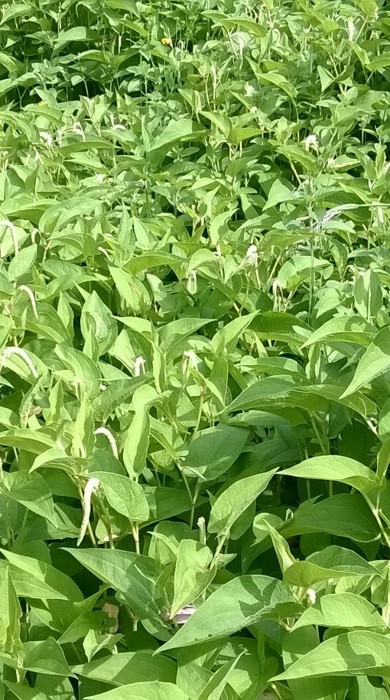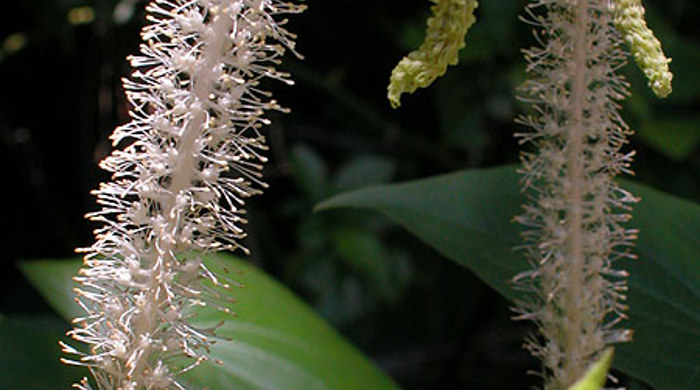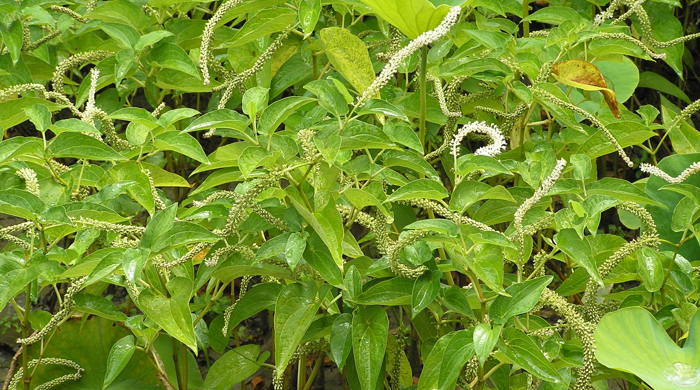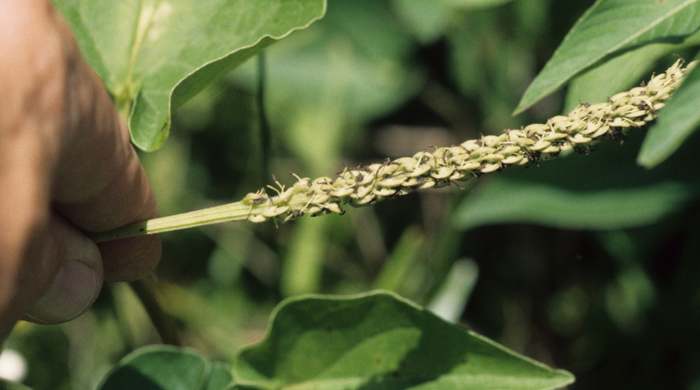Saururus cernuus
Lizard's tail
Also known as:
Swamp lily, mouse's ear
Family: Saururaceae
Origin: North America
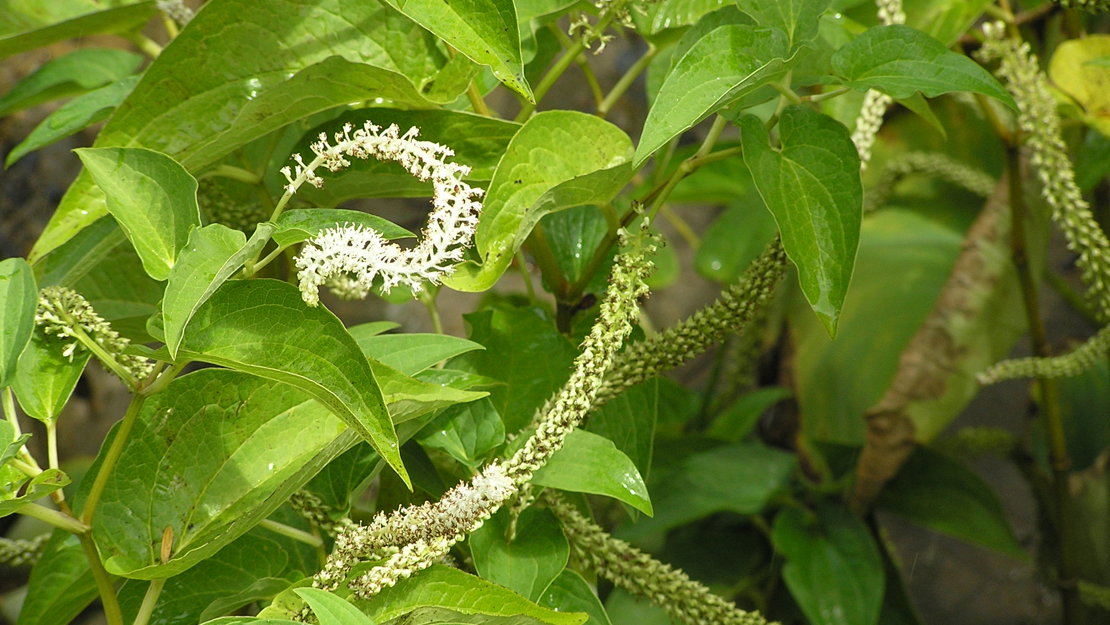
Regional Pest Management Plan (RPMP) status
- Hauraki Gulf Controlled Area Notice pest
- Whole region — Sustained control
General description
Perennial, freshwater, emergent, aquatic herb. Leaves are arrowhead- or heart-shaped. Flowers are white and borne in spikes arching above foliage. Nutlets are borne in string and resemble a lizard’s tail.
What you need to know
To help protect our environment:
- You must not breed, distribute, release or sell lizard's tail within the Auckland region.
- You must not plant lizard's tail within the Auckland region, unless you are transferring an existing plant on your land to another location within the boundaries of the same property.
- You must destroy any lizard's tail on land that you occupy if it has been planted in breach of the above rules and you are directed to do so by an authorised person.
Habitats
Wetlands, marshes, swamps streams, lake margins.
Dispersal
Vegetative spread from rhizomes, stem fragments, dispersed by water movement.
Impact on environment
Dominates herb layer in wetlands, marshes, swamps, streams and lake edges. Potential to shade out submerged species.
Control
Site Management
Follow up treated areas 3 times per year.
Recommended approaches
Physical control
Method: Dig out.
Plant parts requiring disposal: All parts.
Disposal options: Remove to greenwaste or landfill if practical.
Biocontrol
Biocontrol is currently not available for this species.
Community agrichemical control recommendations
Certified Handler/Experienced agrichemical user: Foliar spray with 100ml glyphosate green per 10L of water.
Caution: When using any herbicide or pesticide please read the label thoroughly to ensure that all instructions and safety requirements are followed.
